COVID-19 recovery: Air China files May holiday schedule at 2019 levels
Air China has filed domestic schedules for the week-long May holidays that offer similar capacity to 2019 levels, a remarkable sign of planned domestic aviation recovery.
It is quite possible the plans will be revised down again, as the airline continually adjusts its capacity, but there are few if any other airlines that would even contemplate such a recovery. As almost every other country has grounded most of its fleet, China is sending a message to the world that it believes normality is returning.
This is the first in a new CAPA report series, 'Airline Future Plans' , is designed to show which airlines have started the slow post-COVID-19 recovery process, moving beyond the operation of skeletal networks. The series aims to provide rare insights into airline strategy on core fleet and network deployment as airline management grapples with fast-changing circumstances.
China is emerging first, having largely contained its COVID-19 outbreak. The patterns established in China may offer some guidance to the rest of the world, just as China's strict containment measures have also provided cues to efforts elsewhere.
This report looks in particular at Beijing-based Air China's forward capacity/schedule plans and fleet utilisation trends.
China Southern Airlines, China Eastern Airlines and Hainan Airlines will also be covered in the first wave. Airlines in other countries will follow once they show evidence of success in containing COVID-19 outbreaks, such as in South Korea. The focus will be on countries whose airlines have access to domestic markets, which are expected to unlock first.
TO READ ON, VISIT: COVID-19 recovery: Air China files May holiday schedule at 2019 levels
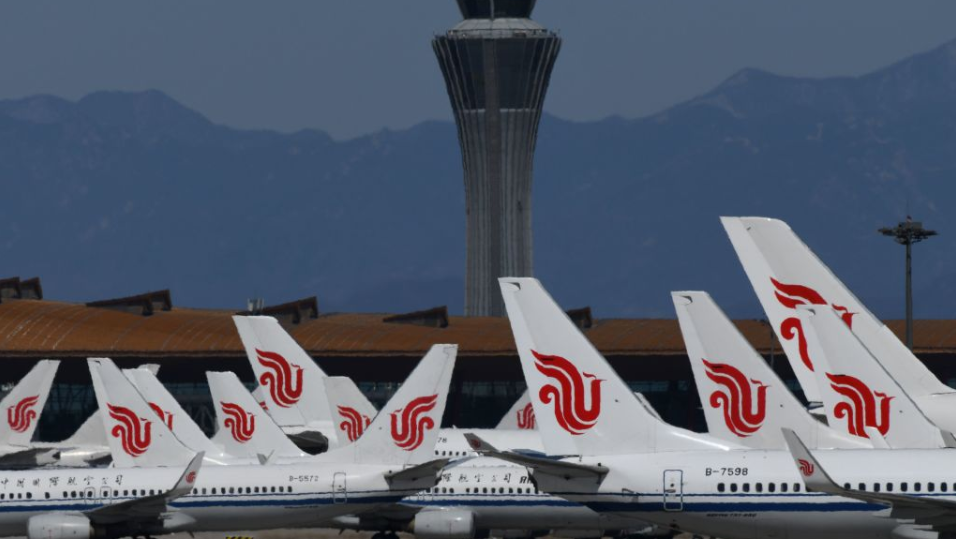
Air cargo: more virus-proof than air passengers - but not enough
Air cargo traffic tends to be more sensitive to economic growth than passenger demand and also a lead indicator. Already showing negative growth in 2019, cargo contributed only 12% of world airline revenue last year.
However, given air cargo's usual added sensitivity to economic downturns, it is ironic that it is currently proving more robust than passenger traffic. Crucial for keeping supply chains open, particularly for food, pharmaceuticals and other essential sectors, air freight is not subject to the same COVID-19-related restrictions as passengers.
Freighters in service are relatively stable compared with passenger aircraft, particularly among widebodies. However, passenger belly space is a massive contributor to cargo capacity. Reduced passenger networks mean that cargo capacity has fallen heavily year-on-year in all regions, but less so than passenger capacity.
According to IATA analysis published on 31-Mar-2020, airline industry revenue for 2Q2020 is expected to fall by 68% year-on-year. This is less than the anticipated 71% drop in RPKs, thanks in part to cargo revenue, but not by much.
Cargo revenue certainly helps, but is not enough.
TO READ ON, VISIT: Air cargo: more virus-proof than air passengers - but not enough
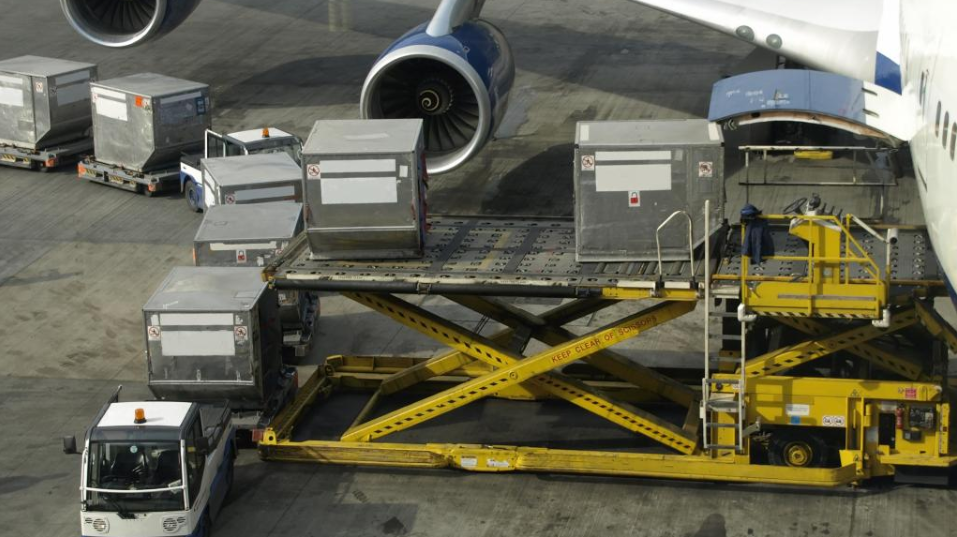
European airline capacity cuts are deepest of all; more to come
Total seat capacity in Europe has fallen by 85.4% year-on-year for the week commencing 6-Apr-2020, according to the latest schedules data from OAG combined with CAPA Fleet Database seat configurations. Domestic capacity has dropped 74.4%, and international capacity has been slashed by 88.8%.
Europe's capacity cut is greater than in any other region, reflecting the dominance of international routes. Flights that are still operating are associated with repatriation, support to essential industries, and cargo (cargo flights have significantly increased their share of all flights in Europe).
Schedules data now more closely reflects announcements on capacity and aircraft grounding from European airlines. However, comparison with data on flight numbers tweeted by Eurocontrol indicates that this gap has still not been closed fully.
Expect the declared capacity cuts by European airlines to grow further.
TO READ ON, VISIT: European airline capacity cuts are deepest of all; more to come
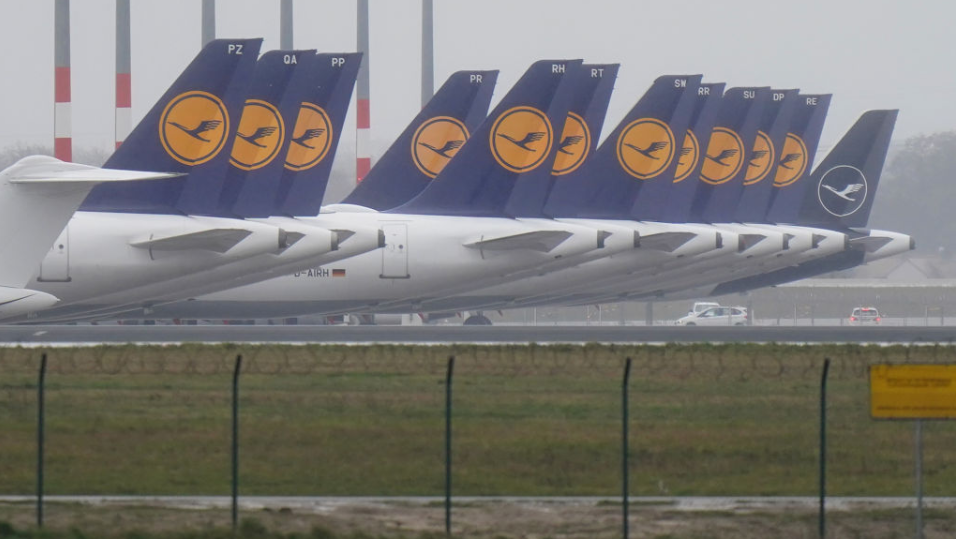
COVID 19: US airlines face complexity in cutting capacity
In the span of less than a month US airlines have had to change their strategies for the short and medium term drastically, as the COVID-19 crisis has reached pandemic levels and triggered historical degradation of demand.
Those airlines were forced to adapt quickly to the new reality. They worked to fortify their balance sheets and cut capacity as travel restrictions were issued to the US from various regions of the world.
But as the US quickly became the epicentre for the spread of COVID-19, the airlines' planned capacity cuts have become starker as loads have fallen to unsustainable levels.
There is now a disconnect between specific capacity guidance that airlines have offered as COVID-19 intensifies, and the capacity that remains in the domestic system. However, it does seem that airlines are slowly beginning to alter their schedules to match their stated capacity decreases.
It is a fluid situation, but there seems to be movement toward the stated targets for capacity decreases.
TO READ ON, VISIT: COVID 19: US airlines face complexity in cutting capacity
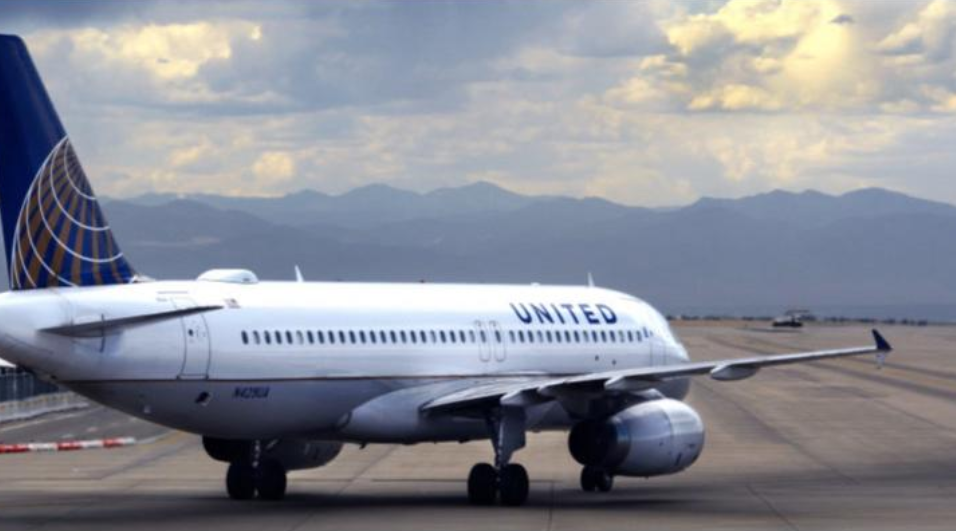
COVID-19 Aviation recovery: Asian domestic airline capacity regrows
China and other East Asian nations were in the frontline in the fight against coronavirus. It is reasonable to assume they should equally be the first to emerge. As we search for a tipping point in the global battle against COVID-19, these Asian markets may offer cause for optimism - or at least the signs of what the road back might look like.
The most recent schedule filings certainly support that emergence proposition, for domestic airline market regrowth. International expansion will be some time away as many countries remain effectively locked against international visitation.
In some cases it is two steps forward, one step back, as concerns remain about lingering pockets of contamination. But a consistent pattern is emerging of domestic markets that have turned the corner.
The domestic airline markets of China, Korea, Taiwan, Japan, and Indonesia are all clearly demonstrating a belief by their airlines that a corner has been turned, as they re-introduce capacity into the market. While welcome signs, they may not yet all be timely.
TO READ ON, VISIT: COVID-19 Aviation recovery: Asian domestic airline capacity regrows

COVID 19: Air cargo suddenly attractive for US airlines
As demand for air travel disappears in the wake of the COVID-19 pandemic, passenger airlines operating around the world are turning to cargo in order to produce fractional revenue.
In the US, major passenger airlines - after turning their attention away from freight during the past year in order to push up revenues from credit card deals, frequent flyer miles and other general ancillary sales - are opting to operate cargo flights. North America's cargo traffic declined by 3.4% in 2019, and cargo revenues for the largest US airlines fell solidly year-on-year.
Obviously, cargo is not a long term saviour for the airlines, as they continue to navigate fast-moving changes brought on by the COVID-19 outbreak, but operators are turning over every rock in order to recapture even a fraction of their lost revenue.
TO READ ON, VISIT: COVID 19: Air cargo suddenly attractive for US airlines

easyJet-Stelios spat raises post-virus fears for all Europe's airlines
In an attempt to force the cancellation of its Airbus orders, easyJet's founder and largest shareholder, Stelios Haji-Ioannou, is urging shareholders to oust directors. His concerns for easyJet are shared by all airlines: cash balance, survival in lockdown and oversupply of aircraft in the recovery.
easyJet has tapped a UK government loan scheme and taken other steps to bring its total liquidity to GBP2.3 billion by 9-Apr-2020, equivalent to approximately 140 days of 2019 revenue, more than available to most major European airline groups.
In lockdown, with variable costs effectively removed, with additional cost saving measures in place to lower fixed costs, and assuming the deferral of capital expenditure, this cash reserve should be enough to ensure easyJet's survival well beyond the end of 2020.
Nevertheless, Stelios' intervention raises legitimate questions about future fleet needs in the post-virus world, not only for easyJet, but also for all European airlines.
He envisages a sluggish domestic-led recovery, with airlines competing for "a few profitable routes for a few aircraft at a time" and confidence in international travel slow to build. Since only 13% of European airline ASKs were domestic in 2019, this is a challenging outlook.
TO READ ON, VISIT: easyJet-Stelios spat raises post-virus fears for all Europe's airlines

COVID-19: American Airlines' international route reductions
The COVID-19 pandemic has created an extra layer of complexity for network planners worldwide as airlines are working carefully to preserve some level of network integrity once the crisis is over. But that remains a tricky exercise, since the duration of the pandemic remains anyone's guess.
American Airlines has outlined its planned international reductions for the peak season in the Northern Hemisphere, which will result in a 60% cut in capacity. The adjustments include a mix of pushing back the dates for the resumption of service in some markets and a decision by the airline to eliminate seasonal services in a number of markets.
American's hub in Philadelphia appears to be bearing the brunt of seasonal route cuts. The airline has launched numerous routes to secondary trans Atlantic markets, which were performing well before COVID-19 wiped out in demand in a matter of weeks.
American is striking an optimistic tone, noting that 25 seasonal flights are suspended until the US summer of 2021; however it is entirely too early to determine whether demand in some markets will regain pre-pandemic levels by next summer.
TO READ ON, VISIT: COVID-19: American Airlines' international route reductions
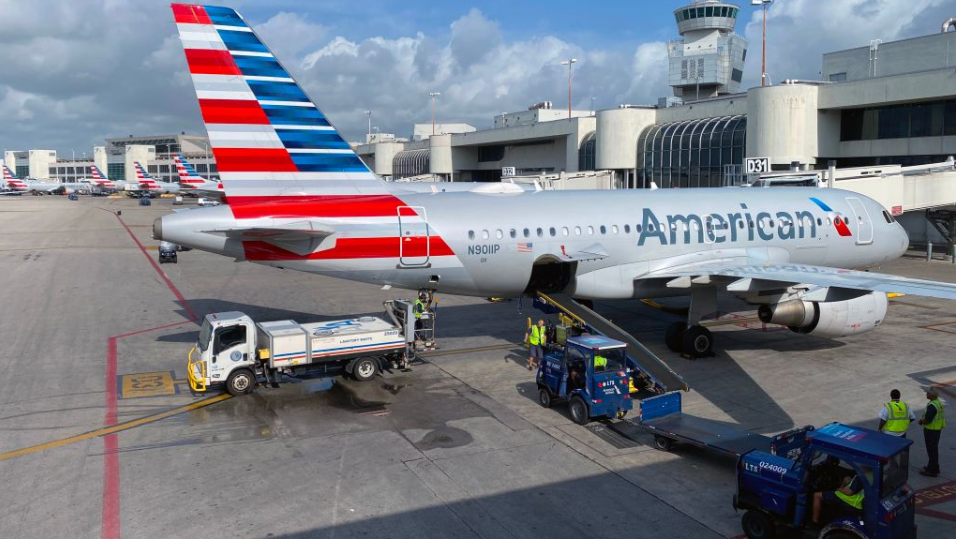
Domestic airline networks to lead post-COVID-19 AsiaPac rebound
The COVID-19 crisis shows that while it is good to have a globally diverse network, a strong domestic operation is a major advantage for airlines when a shock disrupts international traffic flows.
Industry logic holds that a broad spread of international routes lessens an airline's reliance on any single market - including its home patch. So if a downturn occurs in one country or region, airlines can divert resources to areas that are not affected. Many successful airlines have built their models around this concept.
And that approach makes sense - until something like a pandemic appears out of nowhere to trigger global border closures. Then domestic networks become a godsend, and the giant airline companies that depend on international connecting traffic look more exposed.
While international travel was the first to be hit, COVID-19 has caught up with many domestic networks as governments are increasingly shutting down internal movement. But domestic networks can be expected to return sooner, and demand should also rebound more quickly.
The Asia-Pacific region illustrates the benefits and limitations of different approaches. Although having domestic routes will not guarantee success, they should provide a valuable foundation for many airlines' eventual recoveries.
TO READ ON, VISIT: Domestic airline networks to lead post-COVID-19 AsiaPac rebound
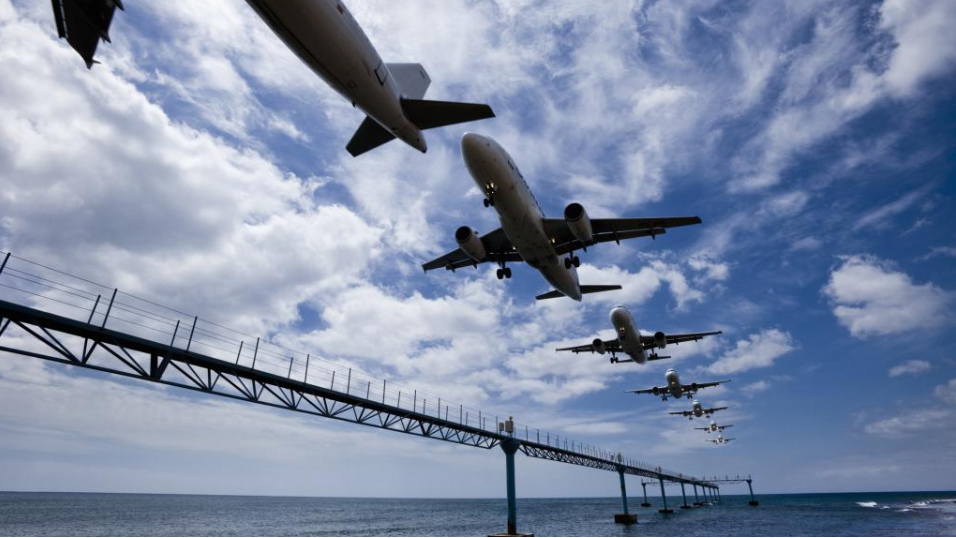
COVID-19: airport freight bottoms out but some steadying
While there may be very few passengers willing to fly anywhere right now - even if they could - and equally, few airlines there to take them, many eyes will be on developments in the airfreight sector, which struggled badly in 2019 as a result of trade wars and other factors.
Supply lanes must be kept open, and passenger aircraft are being adopted to fulfil that role, even when still configured as passenger aircraft.
Few airports have anything other than a steep cargo volume decline curve during Jan to Apr-2020, although it was at its steepest in different months, depending on the airport's location. The majority of them appear to have 'bottomed out' now, although whether the growth curve will be as positive as the one being presented is anyone's guess.
Freight volume is often taken as a precursor to what will happen in the passenger segment and it languished throughout 2019. Statistics are skewed by the necessity to ship vital supplies across the world but beyond that, figures will be examined closely to see if there will be a freight-led recovery for airlines.
This report covers the top 20 cargo airports worldwide by volume and how that volume is varying according to current global and local circumstances.
TO READ ON, VISIT: COVID-19: airport freight bottoms out but some steadying
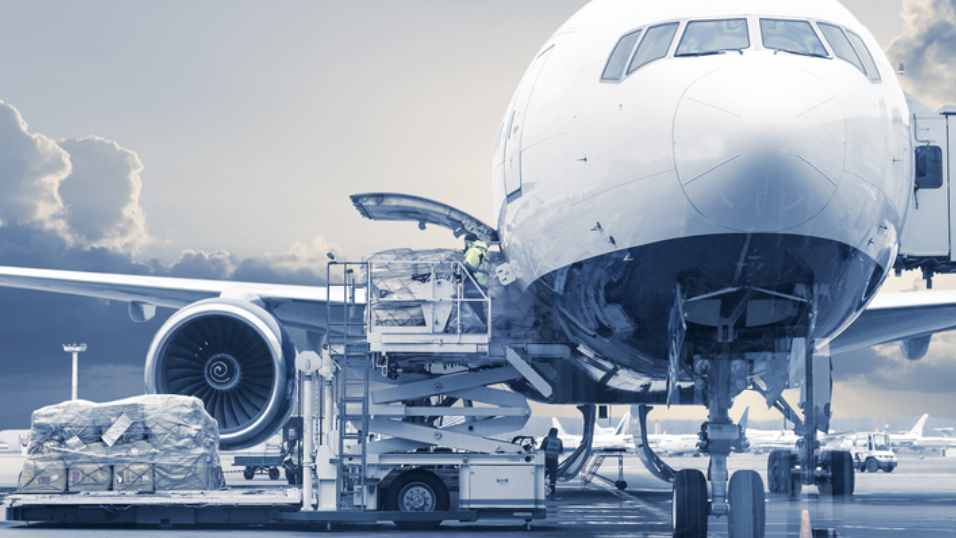
COVID-19: Island nations' serious loss of air services. Part 2
Part 1 of this report highlighted the important impact of the loss of air services on island nations.
In Part 2, the report examines the effects of losing air services on Norway's islands and remote areas; the Azores; Bermuda; Cape Verde; some other tourism-dependent South Pacific islands; and remote Comoros.
The report concludes with brief speculation on how the nature of public service obligation air services may change in future - and not just for islands.
TO READ ON, VISIT: COVID-19: Island nations' serious loss of air services. Part 2

UK's Stobart Group: negotiating a stake in London's Southend Airport
It might appear to be a strange time to be negotiating the sale of equity in an airport, but discussions between the Stobart Group and AviAlliance to that end over Southend Airport appear to have been progressing for some time. The deal could be worth up to GBP800 million.
The FTSE 250 Stobart Group encompasses road freight, rail and air transport. The group also has an interest in Carlisle Airport and Teesside Airport in northeast England, where it holds a 25% stake and a management contract. Stobart is in a difficult period, owing to liabilities arising from the collapse of the airline Flybe, in which it held a 30% stake.
Southend was once one of the UK's busiest airports. Essex is a heavily populated county (1.5 million) to the east of London and a rail link directly to and from the airport means that it can be considered as an alternative airport to London City and London Stansted airports for those living in the east of London, and even in the centre.
The smallest of the London airports seems to be an obscure interest for the German company, but recent events highlighting the diminishing prospect of additional runways in London make Southend look like an enticing prospect.
TO READ ON, VISIT: UK's Stobart Group: negotiating a stake in London's Southend Airport
